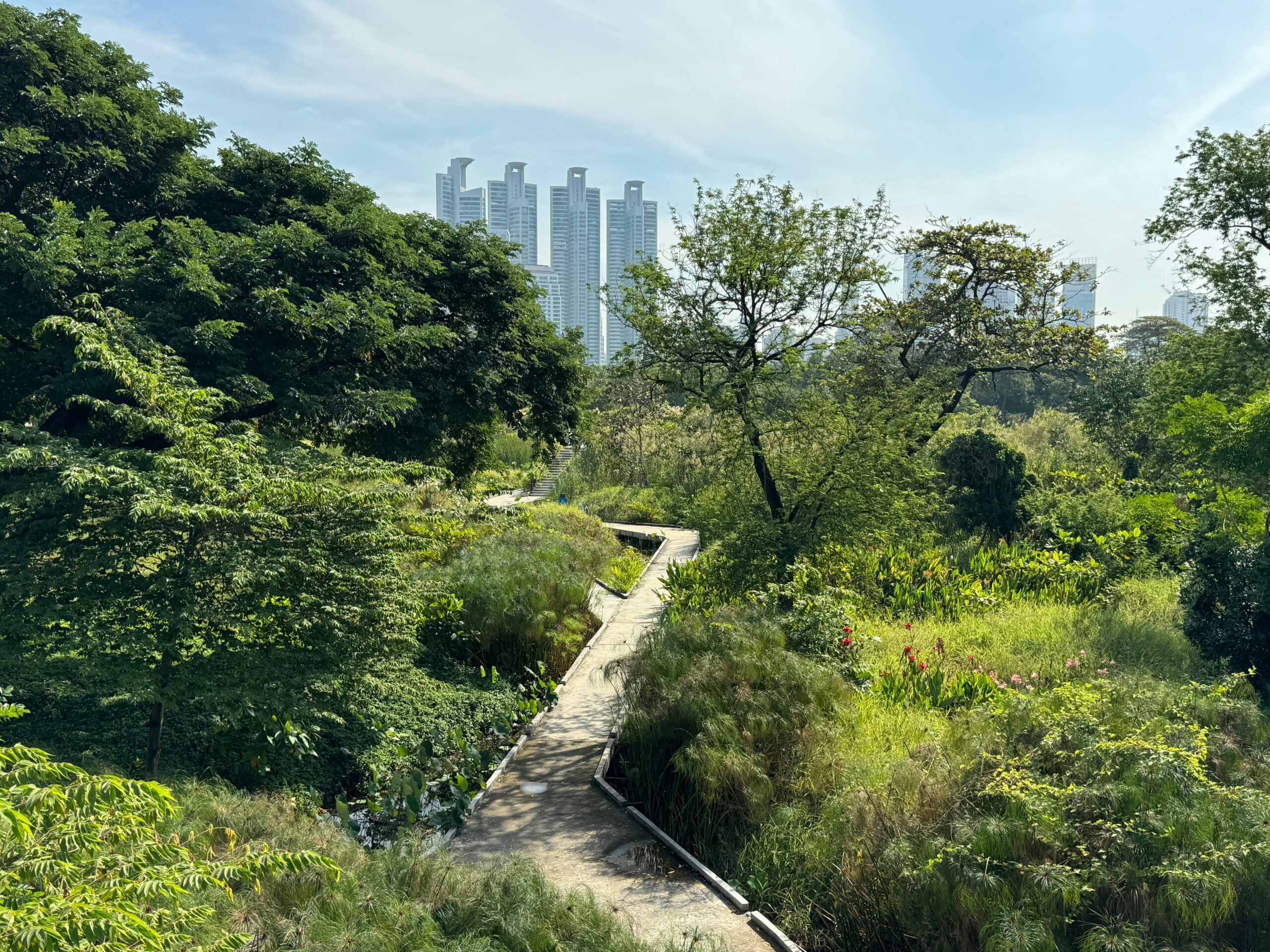
Fact Sheet
Urban Biodiversity Fact Sheet
Overview
Over 80% of Americans live in urban areas, where daily encounters with biodiversity such as birds, insects, plants, and other species shape how most people experience nature. This urban biodiversity isn’t just a pleasant feature — it’s vital to public health. Diverse ecosystems in cities help control diseases like West Nile Virus and Lyme Disease, support pollination, reduce heat emergencies, and improve air and water quality. Access to biodiverse green spaces also boosts mental health and fosters a stronger sense of community and well-being. Yet, these benefits are not equitably shared: low-income neighborhoods often lack the biodiversity and green space needed to support healthy, resilient communities.
Key Facts
Key Fact 1
Cities can be sanctuaries for endangered wildlife. 81% of urban areas are home to birds listed under the Endangered Species Act. Additionally, the endangered rusty batch bumble bee is mostly found in Minnesota’s urban metro area of the Twin Cities. (Ecological Society of America)
Key Fact 2
Housing supply can be increased while protecting biodiversity by reimagining built infrastructure to include biodiversity-friendly features such as green roofs. (LA Times)
Key Fact 3
Recreation in biodiversity-rich areas can be a mental health intervention, with experiences in high biodiversity spaces commonly reducing depression and anxiety. (Nature)
Key Fact 4
Urban street tree canopies are key in mitigating environmental injustices by reducing the urban heat island effect and extreme heat exposure. (Nature)
Key Fact 5
Participatory and community science projects can be useful tools in improving access to biodiversity for historically marginalized and underserved communities. (Oxford)
Policy Options:
- California AB 1889 (Enacted, 2024): Requires a city or county general plan to consider the effect of development on habitat connectivity.
- Maine LD 1751 (Enacted, 2025): Requires municipalities to map and incorporate habitat connectivity into their growth management programs.
- New Mexico HM 34 (Enacted, 2024): Establishes a working group managed by the UNM Law School’s Wild Friends program to explore the expanded use of citizen science by state agencies to assist with research, data collection, and addressing personnel shortages in state agencies.
- Washington DC B24-0710 (Enacted, 2022): Requires the use of bird friendly materials for new building construction or exterior wall improvements.